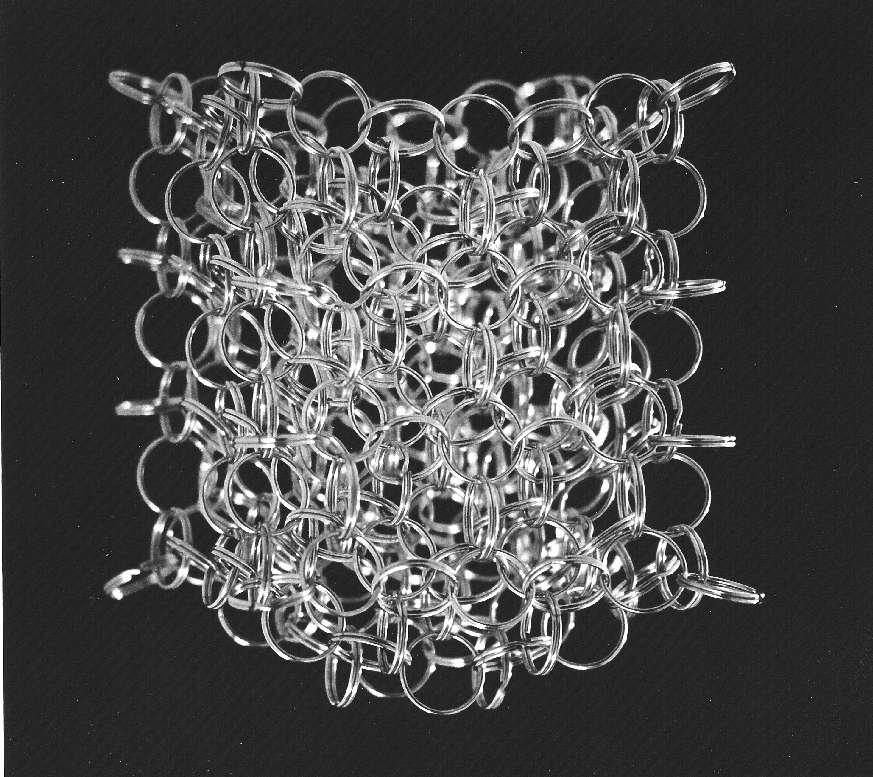I am far too queasy ever to dissect a mouse; that’s why I went into the physical sciences. That’s also why I appreciate tools that allow me to experience biology from the comfort of my desktop.
I took the above snapshot from the “Brain Explorer” program available (for both Windows and Macintosh) from the Allen Institute for Brain Science. It shows (what else?) the structure of a mouse’s brain. Turns out the little critters, inbred as they are, display little variation in their brains’s structures, making them easy to compare to one another.
So you’ve got your 3-D model of the rodent’s brain. After loading a gene database into the Brain Explorer, one can rotate around the structure, displaying the loci of activity for the gene as well as adding or subtracting 3-D overlays (or 2-D slices) that show different parts of the brain. Fiddling with the software made me think about how novices must react to the Digital Universe data and software that my institution makes available: ignorance of the underlying science makes it rather enjoyable to fly around, but I don’t think I’m extracting much useful information from the experience.
Of course, I’m not the audience for the software. In a story that appeared in today’s New York Times “Science Times” section (rapidly picked up by Reuters, too), several brain researchers interviewed claimed that the resource is of remarkable value to their community. Complemented with some supporting material (as we do with our atlas of the Universe), it might make a fascinating tool for students or even interested aficiandos.
On the Allen Brain Atlas site, more sophisticated 2-D tools are available to analyze the existing data.





